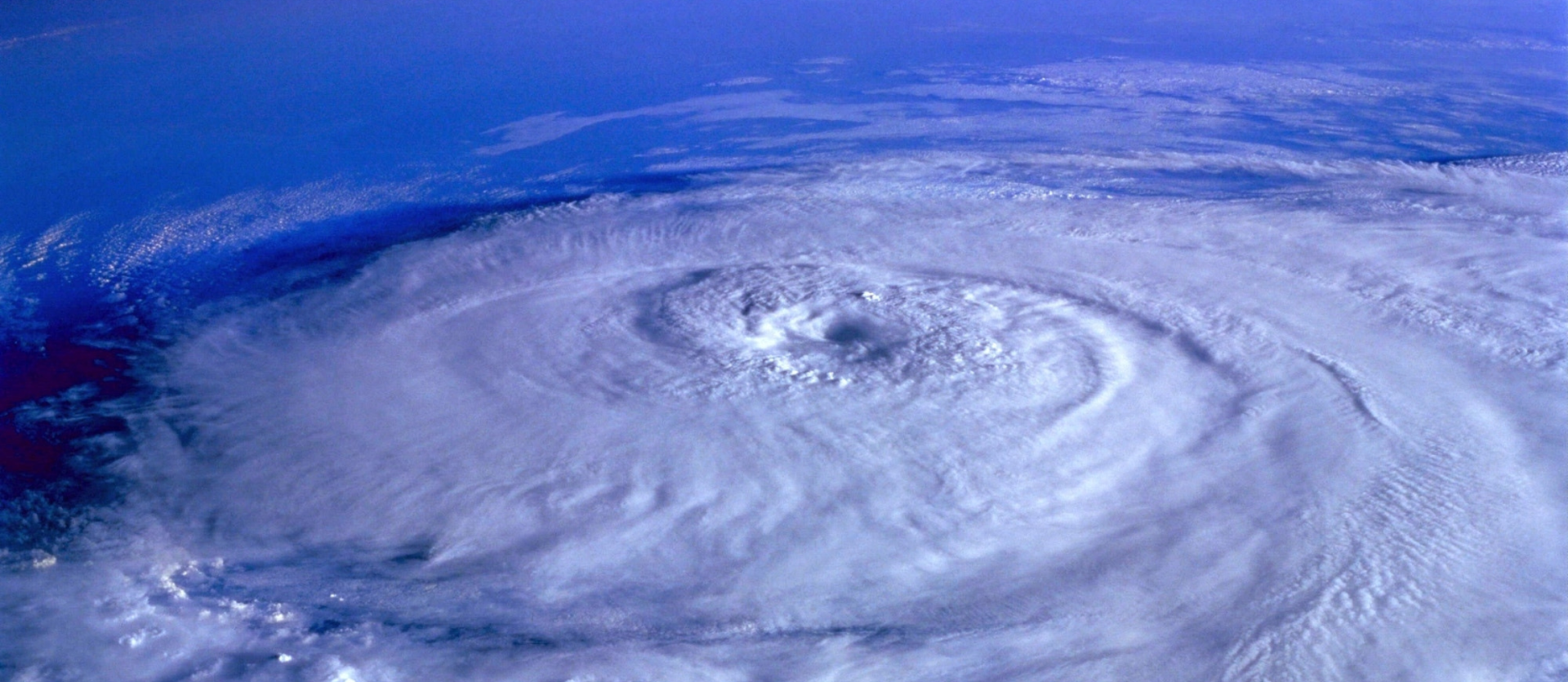
Increase Energy Resiliency and Mitigate Risk for Business and Home
Even before the widespread power outages of 2019, California experienced the most power interruptions of any state for the tenth consecutive year between 2008 and 2017. Californians endured 4,297 outages in 2017 - more than twice as many as Texas in the number two position. In 2016, American utility customers experienced at least one outage lasting from 27 minutes to 6 hours excluding Hurricane Mathew. Moreover, 80% of American power outages between 2003 and 2012 were weather-related, all of which were exacerbated by aging utility infrastructure.
Solar Panels and Battery Storage (PV + Storage)
You have backed up data, updated computer systems, and increased security. Nevertheless, you need backup power for lighting, refrigeration, and mission-critical equipment. PV + storage can provide power to critical loads in an emergency and can be paired with your existing backup generator system. The US Marine Corps and Microsoft have already commissioned purpose-built microgrids to defend against the inevitable power failures that are increasing in frequency and duration nationwide. Businesses and research facilities dependent on refrigeration to maintain temperature-sensitive inventories can install, augment or replace their power backup power system with PV + storage to protect themselves.
Fight Wildfire Shutoffs and Recover Sooner with Solar
The California wildfire season now lasts all year and affects communities from north to south. Power failures and shutoffs can occur before, during, and after a wildfire due to planned outages, rotating outages, damaged transmission lines, and flash floods. How often will your community be affected? How will you charge/power your phone, computers, and electronic devices during a power outage? Can you safely make your way to a shelter or charging station? With a PV + Storage solution, you will be able to remain at home longer and return sooner.
Between 2015 and November 6, 2019 CalFire responded to 38,508 incidents, which burned over 5.3 million acres including 40,828 structures. The roughly 78,000-acre Kincaid fire which started near Geyserville, California on the night of October 23, 2019 burned for more than two weeks. The fire resulted from a 230,000-volt transmission line failure which was spectacularly captured by a PG&E monitoring camera many miles away. The ignition was quickly fanned by unusually powerful and recurrent wind gusts of approximately 70 mph. The gusts peaked at 93 mph on October 27 leading the National Weather Service to issue a historic trio of Red Flag Warnings for the area.
As a result of the extreme weather event, PG&E initiated its third of four Public Safety Power Shutoffs (PSPS) in the same month. An estimated 973,000 utility customers across 37 California counties lost power in the third round. Overlap from the four PSPS events left some customers without power and/or gas for over a week, while hundreds of thousands endured multiple outages of varying duration.
Distribute Risk, Increase Productivity and Lower GHG Emissions by Working Remotely
About half of American employees work remotely at least once a week, and of these 84% work from home. About 30% of employees always work remotely. Moreover, about half of American small businesses (>38 million) are home-based. These trends will increase for the foreseeable future, and fortunately, they already prevent 3.6 million tons of GHG from entering the atmosphere every year by reducing commutes.
PV + storage could help you avoid very high demand charges, operate autonomously during a prolonged emergency, and protect the environment every day.
Protect Your Family and Property with PV + Storage
- Maintain contact with family and emergency services.
- Protect parents and children from extreme heat and cold.
- Protect your refrigerated and frozen foods.
- Keep your home security system activated.
- Protect pets, plants, furniture, and perishable collections.
- Open and close your garage door safely by remote during evacuation.